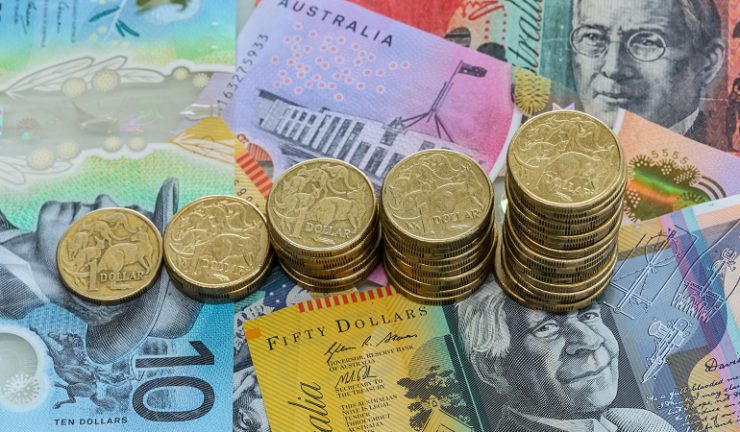Australian retail turnover took a hit in April, falling 17.9% seasonally adjusted, according to preliminary ABS retail trade figures. This is the strongest seasonally adjusted fall in the history of the ABS, following the strongest ever seasonally adjusted rise in March 2020. Turnover was down 9.4% in April compared to the same period last year.
The figures showed falls across every industry, particularly in food retailing, cafes, restaurants and takeaways, clothing, footwear, personal accessories and department stores. The downturn reflects the severe impact of lockdowns and retail closures, according to Australian Retailers Association CEO, Paul Zahra.
“These figures, whilst painful to see, are no surprise given the anticipated, brutal impact of the pandemic on our retail sector with most stores closed during this reporting period,” he said. “We are only beginning to enter into the retail re-opening period in May as non-essential physical retail stores begin to reopen around the country.”
While early reports of foot traffic and sales during May have been positive, he cautioned against reading too much into the numbers across the March to May period.

“Retail turnover is always an early gauge of overall consumer sentiment and our economic wellbeing, but the March to May figures occurred during an unprecedented ‘business as unusual’ period globally.
“Looking ahead, as we commence our recovery, we feel there is reason to feel cautiously optimistic. We are encouraged by the obvious enthusiasm to return to physical stores over recent weekend trading. However, our retail recovery will be slow and will track alongside our economic recovery which remains in unchartered territory globally for the short term at least,” Zahra said.
National Retail Association CEO, Dominique Lamb said the ABS figures showed that April felt the full force of COVID-19 on the economy.
“April was the first full month to encompass the stringent lockdown restrictions on business and these preliminary figures show the devastating impact dealt to the retail sector,” Lamb said.
She said it was feared that the tsunami of panic buying seen in March would result in shoppers placing a padlock on their wallets and purses in April and that is exactly what happened.
“Every single area of retail recorded a giant fall according to these figures, including businesses that weren’t forced to close. We know that governments at all levels have introduced measures to assist business, but these results underline the need for continued support to save hundreds of thousands of jobs.”
While restrictions are starting to be lifted, it was believed that April would be the worst period but there’s was still a long way to go before retail starts to see light at the end of the tunnel, Lamb said.

